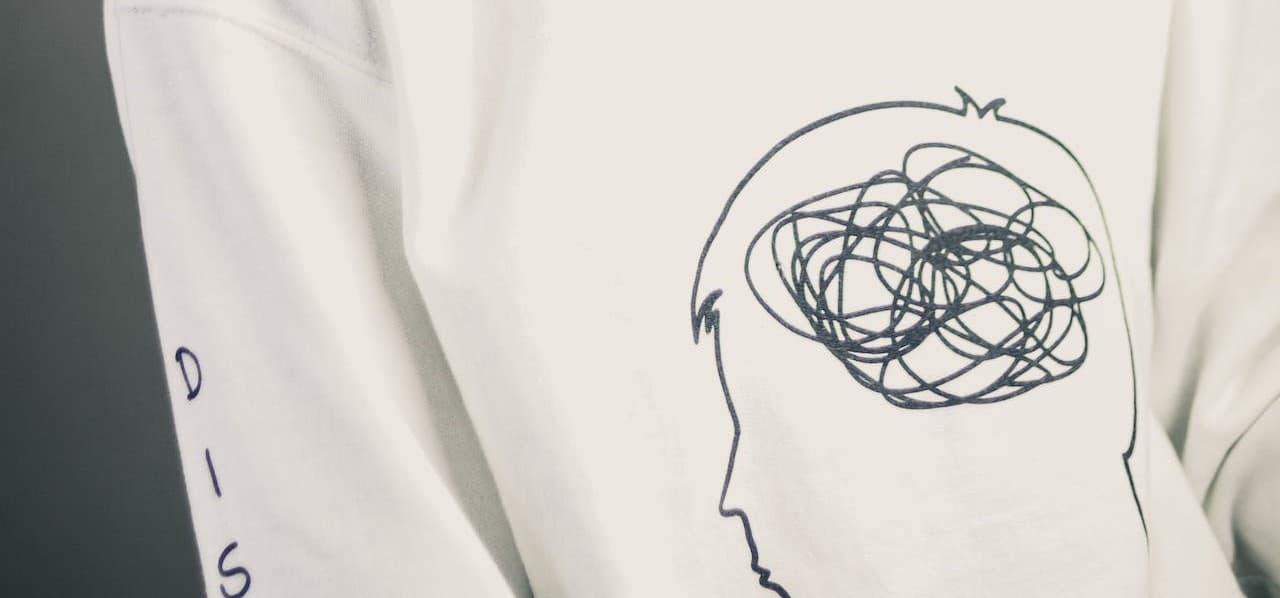Mood Disorders

Covered by OHIP?
Most services are covered by the Ontario Health Insurance Plan (OHIP)
Waiting Time
Your timeframe depends on the type of procedure.
OHIP Covered Services
Most services are covered by the Ontario Health Insurance Plan (OHIP)
WILDERMAN MEDICAL CLINIC
About Mood Disorders
The term ‘mood disorder’ is an umbrella term used to describe mental health disorders like Depression, Anxiety, Obsessive Compulsive Disorder (OCD), and Post-Traumatic Stress Disorder (PTSD), which are all conditions we can treat at our clinic.
Wilderman Medical Clinic provides treatment and care for many types of pain conditions. In addition to treating pain conditions, the treatments we offer are also suitable for specific types of mood disorders.
Please note, that while we can treat certain mood disorders, our clinic does not diagnose any patients with mood disorders.
In order to be treated by ketamine infusions, you must be diagnosed by a psychiatrist who has referred you to us as part of your treatment plan. No changes to treatments or medications should be made without consulting your referring psychiatrist.
(Please note, that for the ketamine infusion, we require a referral from the psychiatrist and we do not accept referrals from family physicians or any other specialists).
Mood disorders are classified into one of the following categories:
Depressive Disorders:
Major Depression, Dysthymic Disorder, Seasonal Affective Disorder, and a few other subgroups of major depression are classified as Depressive Disorders.
Everyone can experience periods of sadness or being downhearted, however, these feelings are usually temporary and occur occasionally. Illness, family tragedies, and negative personal experiences are all factors that can contribute to periods of sadness. To be diagnosed as depressed, those feelings of sadness must be persistent for at least 2 weeks.
Persistent depressing feelings can alter the way your brain perceives and interprets everyday events. Depressive disorders can mimic each other in symptoms but differ in length, severity, and frequency.
Major Depression is a persistent, overwhelming, and intrusive feeling of guilt, sadness, disinterest, hopelessness, and worthlessness. It interferes with all daily functioning, can happen a few times in a lifetime, and can last up to a few months at a time.
Dysthymic Disorder has symptoms of major depression that persist most days, every day for more than two years.
Seasonal Affective Disorder is characterized by depressive symptoms that occur seasonally, mostly during fall-winter months.
Anxiety Disorders:
Anxiety is fear and worry with intense and persistent symptoms. While we all experience worry and fear, with anxiety, the emotional response is linked to the anticipation of something in the future.
Patients who suffer from anxiety disorders cannot control their feeling of dread and are in constant need to escape to their “safe place”. Anxiety has varying degrees and triggers but is impactful in daily activities and halts a patient’s ability to lead a productive life.
We primarily see patients with Generalized Anxiety Disorder (GAD).
According to CAMH, this type of anxiety is categorized by “excessive anxiety and worry occurring more days than not for a period of at least six months, about a number of events or activities (such as work or school performance)”.
GAD patients usually experience negative thoughts of impending doom in combination with physical symptoms like sweating, jitters, muscle tension, irritability, insomnia, and restlessness.
To handle their anxiety, GAD patients avoid, flee, or develop rituals to cope.
Generalized anxiety can be a symptom of other mental health disorders or even trigger other mental health disorders. For example, the rituals GAD patients use to cope can trigger OCD.
Obsessive Compulsive Disorder (OCD):
OCD is an anxiety disorder that can be broken down into two characteristics:
- Obsessions are characterized by overwhelming anxiety-inducing, persistent thoughts about certain objects, activities, life, or world events.
- Compulsions are repetitive behavior or actions that may arise in response to obsessions and generally help patients with obsessions cope.
OCD typically presents as both categories but some patients only experience one side of OCD.
The Obsession-Compulsion loop does not become a disorder until the individual’s daily routine is being interrupted or rituals become intrusive. Think of someone who is concerned about catching the flu.
Diligently washing their hands or using hand sanitizer is a good choice. Becoming laser-focused on germs and washing their hands every 30 minutes becomes intrusive in their daily routine.
Becoming obsessive can then lead to other rituals, which to someone who doesn’t suffer from OCD, will seem odd.
Treating patients with OCD can be a challenge and relies on the patient’s own insight into their condition. The ability to recognize OCD in oneself is a turning point in the treatment plan.
Post Traumatic Stress Disorder (PTSD)
PTSD is triggered by a traumatic event or series of events. Trauma is defined and handled differently by every person however it is generally sudden, overwhelming, and causes severe distress.
Experiencing a traumatic event does not guarantee you will suffer from PTSD.
Patients suffering from PTSD can experience flashbacks of the traumatic event, irritability, nervousness, poor concentration, and agitation. It is very normal for those experiencing PTSD to also suffer from depression and anxiety.
There are a number of treatments for mood disorders that include therapy, biofeedback, and exercise programs, which are provided by our psychotherapist and kinesiologist.
Medications can also help, but they must be prescribed by your family physician or psychiatrist.
Ketamine Infusions are now used as a treatment for mood disorders and we are seeing breakthrough results. They are still considered to be experimental and are not covered under OHIP.
To be considered a good candidate, you must be diagnosed and referred to us by your treating psychiatrist. Other treatment options should be explored before deciding to try Ketamine infusions.
Please visit our Ketamine Infusion page for more information about the procedure, referrals, and payment information.

